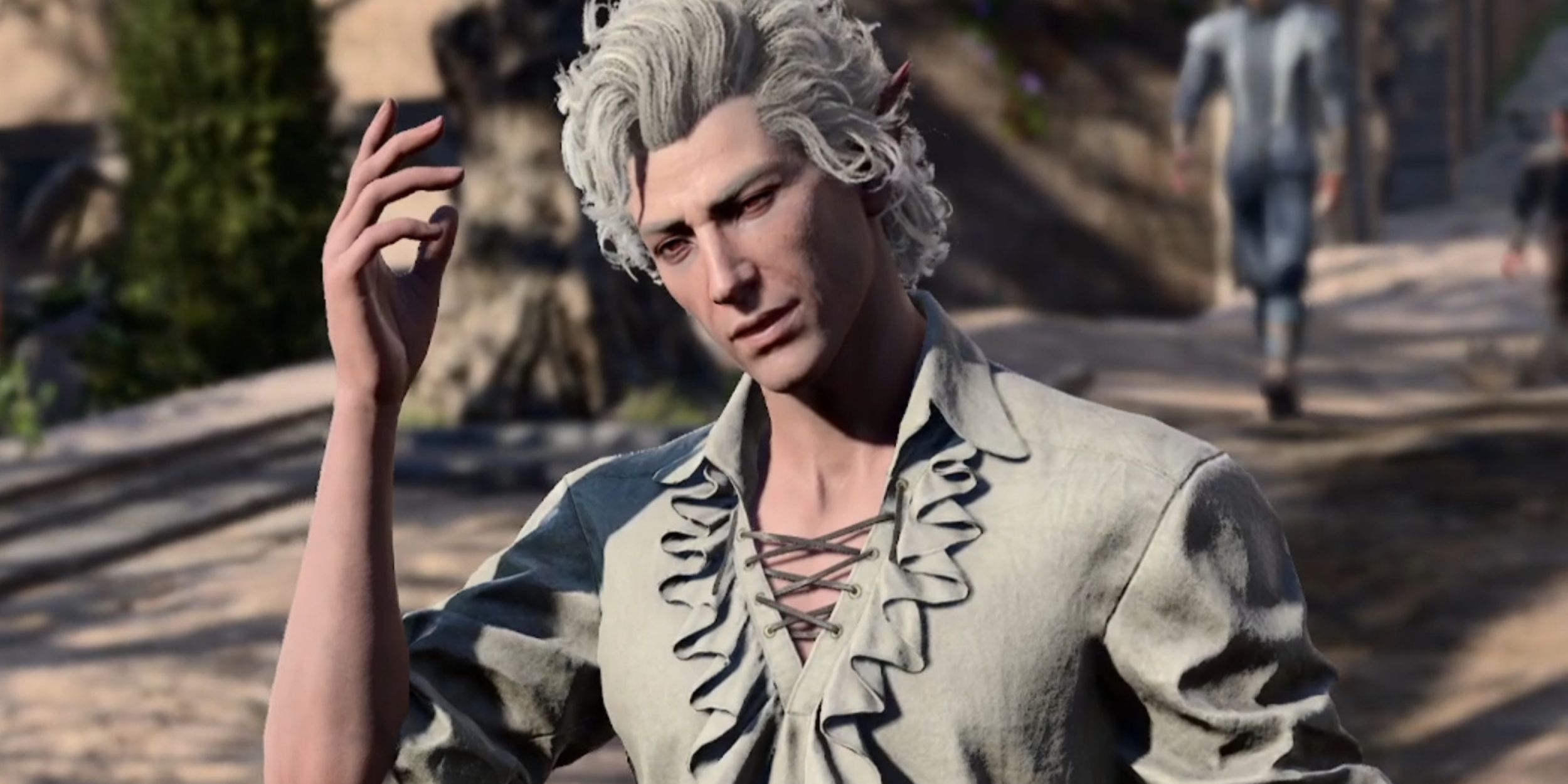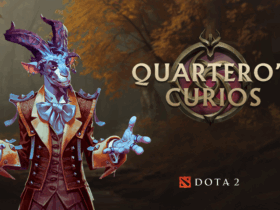You’ve got plenty of work to do around each of the Atlas maps you’ll explore in Mudborne, but one of your chief roles in this strange world is to help grow the decimated frog population back into prosperity. You’ll capture, learn about, and breed all kinds of new frogs!

Related
What Does Cozy Gaming Mean To You?
To me, a cozy game is less about what you’re doing and more about how it makes you feel. It doesn’t have to be all cute animals or farming fields (though those don’t hurt); if I can sink into it like a warm blanket, it’s cozy.
With so many different species of frogs to breed and discover in Mudborne, each of which has its own unique taste preferences, size, and genetic sequencing, you’ll need to keep a constant eye on your nurseries and feeders to ensure you’re making frogs with the best ACRONYM stats you possibly can.
Breed Tadpoles And Create New Frogs
Across the various maps in Mudborne, you’ll find (or breed) 29 different kinds of frogs in an attempt to revitalize the ecosystems after a curious extinction event of sorts, but a variety of them will need to be bred for their traits, since quite a lot of the things you’ll do in Mudborne relies on having frogs with the desired genetic sequencing.
To begin breeding frogs, you’ll first need to place two frogs into a spawner together. If you don’t have one yet, talk to Hoppert who will trade one to you for five logs and one small crate. After setting the frogs into the spawner together, you’ll know your efforts have worked if you see a stream of little reddish-pink hearts coming from said box. Give them a little time and space to let the magic happen, and when you can come back to check, look for a single heart over the box to let you know it’s time.
Inside, you’ll find frogspawn, the very first step in breeding new frogs in Mudborne! From here, you’ll need a nursery, which you can trade five logs, five waterproof layers, and one bucket of mud to Hopper to receive. Set the nursery down someplace on a platform outdoors, and interact with it to open an involved menu that helps breed your eggs into proper tadpoles. You’ll need eggs from those amorous frogs, a bucket of magic mud to help assign new traits, and a bucket of water.
After leaving the eggs in the nursery with magic mud and some water for a while, check back to discover a bucket of tadpoles, which you’ll see on the right-most side of the nursery menu – it’s what’s become of your bucket of water. Pop it into your inventory, set up a new breeding if you’ve got the eggs ready to do so, and then head over to a nearby feeder to get started there.
The feeder will allow you to nourish your tadpoles into frogs that are healthy and strong, so trade Hoppert five logs, five waterproof layers, and a bucket of water this time to grab one and place it in the water nearby to get started with your tadpoles. You’ll need to pay attention to which kinds of frogs you’re trying to breed, since each kind of tadpole wants a different flavored food to eat as they develop.
There are seven potential flavors, with each bug having its own flavor profile, so you’ll need to eat and catch a variety of bugs to ensure you’ve got the desired taste for everyone to grow big and strong. To learn the flavor profile of a frog, you’ll need to eat some bugs yourself to deduce what they taste like. After your frog knows themselves, this information will be logged in your Encyclopedia.
A.N.O.U.R.E.S Are Your Frogs Genetic Traits
When you’ve reached the end of the Hop To It! segment in the compendium, you’ll be introduced to the A.N.O.U.R.E.S system, which are the specifications and stats belonging to each frog.
The anagram stands for:
- Amplitude, which denotes the physical size of a frog. Low amplitude frogs are small and can fit into small openings, while higher amplitude frogs are larger and heavier.
- Nobility, introducing a class system for frogs around Mudbnorne. Frogs with lower nobility are often looked down on by frogs with higher nobility.
- Odour, naturally tracking a frog’s smell. Low-odor frogs can filter air, while smelly frogs cannot.
- Umbrage, or “grumpiness” overall. Low umbrage frogs are relaxed and can physically cool off their surroundings, while high umbrage frogs do the opposite and can boil the water they’re in.
- Ribbit, tracking the amount of noise this frog makes. Low ribit frogs are shier than high ribit frogs, who can croak so loud they produce enough energy to power certain machines.
- Edacity, the activity level of a frog. Low edacity frogs are lazy, while higher edacity frogs can eat enough to help manage the local flora.
- Saturation is all about how wet a frog can get. Low saturation frogs can act like sponges and absorb moisture, while high saturation frogs can bring water where water isn’t.
These are all the traits that can be passed onto a frog once it’s matured, existing on a sliding scale to denote how much or how little of something your frog is. When you highlight any frog with your magnifying glass, you’ll see their specific A.N.O.U.R.E.S stats. To progress through Mudborne, you’ll need to gradually cross-breed new frogs to discover new traits!

Next
What’s Your Favorite Non-Cozy Cozy Game?
Mine is Baldur’s Gate 3, without a doubt. A blanket, tea, and BG3. I’m all set for the night! What’s your favorite non-cozy cozy game?















Leave a Reply